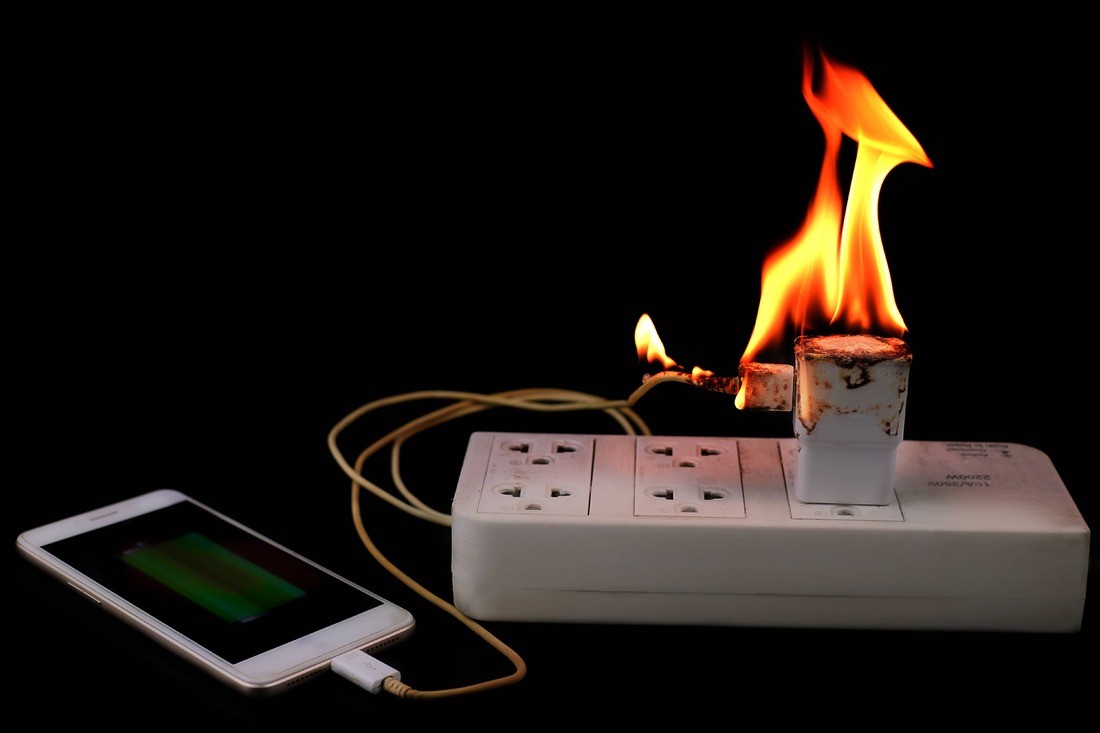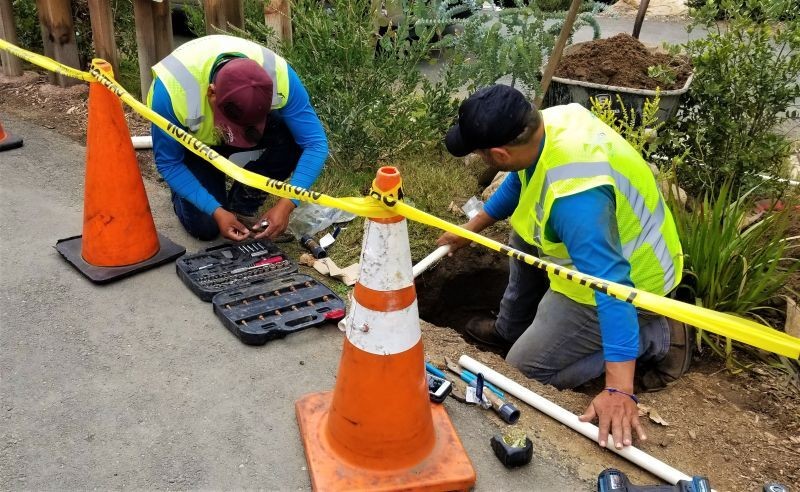
The Role of Fire Damage Restoration in Energy Efficiency
Fire damage restoration is a critical process that aims to restore a property after it has been affected by fire. Beyond restoring the structural integrity and safety of the building, fire damage restoration also plays a significant role in improving energy efficiency. In this article, we will explore the various aspects of fire damage restoration and its impact on energy efficiency.
1. Importance of Fire Damage Restoration
When a property experiences a fire, it can suffer from severe damage to its structure, electrical systems, insulation, and more. The restoration process is essential in addressing these damages and ensuring that the building is safe to inhabit again.
.jpg)
2. Energy Efficiency Considerations
2.1 Insulation and Sealing
During the fire damage restoration process, insulation and sealing play a crucial role in improving energy efficiency. Insulation helps regulate the temperature inside the building, reducing the need for excessive heating or cooling. Additionally, sealing any gaps or cracks in the walls, windows, and doors prevents air leakage, reducing energy waste.
2.2 HVAC System Evaluation
Fire damage restoration often involves evaluating and repairing the HVAC (heating, ventilation, and air conditioning) system. An efficient HVAC system can contribute to energy savings by optimizing temperature control and air circulation within the building.
2.3 Energy-Efficient Appliances
As part of the restoration process, damaged or outdated appliances may need to be replaced. This presents an opportunity to select energy-efficient appliances, such as ENERGY STAR-certified products, which can help decrease energy consumption and utility costs.
3. Impact on Energy Efficiency
By addressing the various aspects of energy efficiency during fire damage restoration, property owners can experience several benefits:

3.1 Lower Energy Bills
Energy-efficient improvements made during the restoration process can lead to significant cost savings on energy bills. Reduced air leakage, better insulation, and upgraded appliances can all contribute to lower energy consumption.
3.2 Environmental Sustainability
Improving energy efficiency not only benefits property owners financially but also contributes to environmental sustainability. By reducing energy consumption, less reliance on fossil fuels is required, leading to a smaller carbon footprint.
3.3 Enhanced Comfort
A well-insulated and properly sealed building provides a more comfortable living or working environment. Consistent temperatures, improved air quality, and reduced drafts contribute to better comfort for occupants.
4. Choosing a Professional Fire Damage Restoration Company
When selecting a fire damage restoration company, it is crucial to choose a reputable and experienced provider. A professional company should have a thorough understanding of the restoration process and be knowledgeable about energy-efficient practices.
Conclusion
Fire damage restoration plays a vital role in not only restoring a property but also in improving its energy efficiency. By addressing insulation, sealing, HVAC systems, and appliances, the restoration process can lead to lower energy bills, environmental sustainability, and enhanced comfort. It is essential to work with a professional fire damage restoration company that can implement energy-efficient practices during the restoration process.



